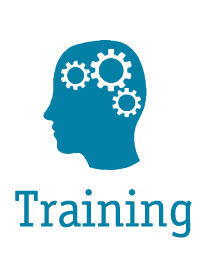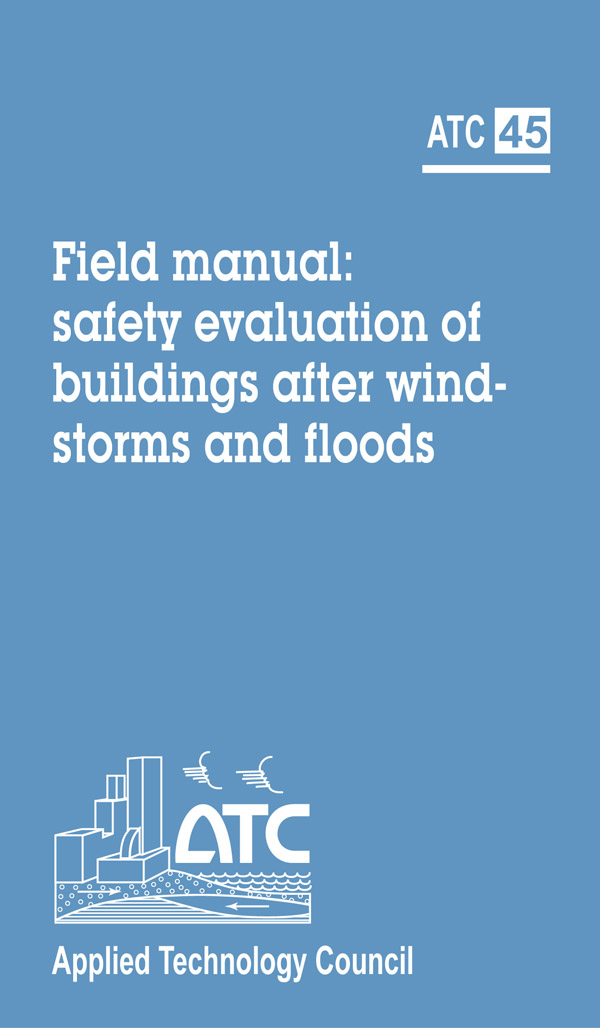The placards and forms can be downloaded at no cost here
The mission of the Applied Technology Council is to develop engineering applications and resources for mitigating the effects of natural and other hazards on the built environment. Major ATC-developed efforts completed to date have resulted in a broad range of products, including comprehensive engineering guidelines, design guides and technical briefs, seminar and workshop proceedings, and databases. Until the mid 1990s, ATC’s efforts focused largely on earthquake engineering applications and resources, but since then ATC’s focus has expanded to include studies and development of guidelines for wind and flood hazard mitigation.
Many of the products prepared by ATC since its founding in 1973 are available for purchase through the ATC Online Store, and some can be downloaded free of charge through this web site. As time progresses, we expect more products to be available in downloadable electronic format. Future products will include (1) updated mobile technology applications for disaster mitigation, including pre- and post-earthquake evaluation applications using smart phones and other information technology devices, as they emerge; (2) searchable versions of historically iconic ATC reports, such as ATC-3, Tentative Provisions for the Development of Seismic Regulations for Buildings; (3) webinars on recently developed engineering guidelines and other newly developed ATC products, and (4) downloadable training seminars/lectures to facilitate postdisaster safety evaluation of buildings and to train practicing structural engineers on other important hazard mitigation issues.
More than 100 major products are now available through the ATC website. As indicated in the following table, most are available through the ATC Online Store, but some are available as free downloads.
|
Product Type
|
Free Downloads
|
For Sale through Online Store |
| Benefit-Cost Studies |
 |
|
| Briefing Papers on Rudimentary Earthquake Hazard Reduction Issues (intended for lay persons as well as architect, engineers, and building inspectors) |
 |
 |
| Building Post disaster Safety Evaluation Forms and Placards |
 |
|
| Building Surveys |
 |
|
| Code Commentaries |
 |
|
| Databases of Building and Lifeline Structures |
 |
|
| Design Guides (brief, focused reports) |
 |
|
| Earthquake Damage and Loss Estimation Methods |
 |
|
| Engineering Design and Evaluation Guidelines, Resources, and Recommendations (includes ATC-prepared reports published by FEMA and NIST, including technical basis reports) 1 |
 |
 |
| Laboratory Testing Protocols |
 |
|
| Performance, Methods, and Criteria Evaluation Reports |
 |
|
| Proceedings of ATC Seminars, Workshops, and Conferences |
 |
|
| Program Plans for Federal Agency Hazard Reduction Efforts |
 |
|
| Reconnaissance Reports of Natural Disasters |
 |
|
| Research Implication Studies |
 |
|
| Research Needs and Equipment Evaluation Reports |
 |
|
| SAC2 Background Reports on the Seismic Performance of Steel Moment Frame Buildings |
 |
|
| Technical Briefs (Tech Briefs) |
 |
 |
| Training Curricula and Slide sets |
 |
1Currently only a small number of FEMA-sponsored and NIST-sponsored ATC-prepared guidelines can be downloaded
2A partnership of the Structural Engineers Association of California, ATC, and California Universities for Research in Earthquake Engineering (now the Consortium of Universities for Research in Earthquake Engineering)
You can order or download ATC products using the links below.






